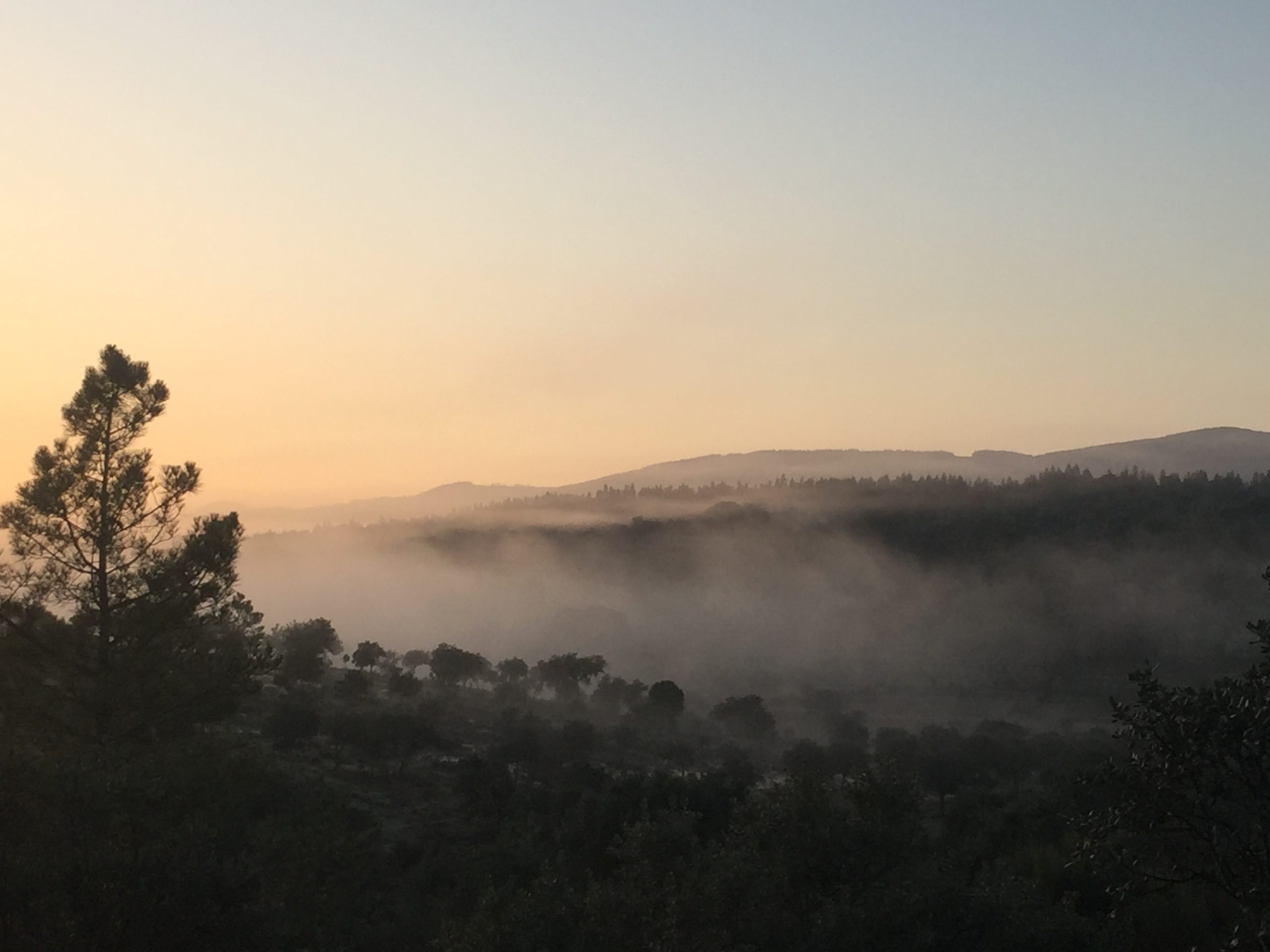
Reflections from Maria Karssenberg on our support session Thursday the 2nd of March on environmental despair and meditation with Joost Vervoort as guest.
We all get there: the climate depression, the environmental angst, the losing of hope for the future. To engage in the challenging topics of the Anthropocene as we do, with all our heart and intellect, can be a heavy load to carry. Not doing this all alone and collaborating and discussing in the ARCHAIC collective is meant to help, however not solely by adding more to read to our ever-growing workload. Hence, apart from the reading group we also host meetings like this one, ‘support sessions’ in a more open format which are meant to spark creativity, reflection and action.
Joost Vervoort (associate professor in transformative imagining) had agreed to join us for this session to discuss ways of dealing with environmental despair and meditation as an example practice, drawing on many years of experience in the practice of meditation and hosting a small dharma group, as well as on his work in imaginative practices and systems thinking.
We discussed what parts of the emotional challenges of facing environmental degradation are personal and what parts are best understood as collective. Starting with the personal, Joost introduced us to the potential of imaginary practice and systems thinking on a personal level such as the psychological approach named ‘internal family systems therapy’ (Richard Schwartz and Martha Sweezy, 2019), and how this can be a starting point to better understand one’s responses to the world around us. Its idea is that all humans are seen as multiple, as different parts taking up different roles and different burdens. A sense of self emerges when we are not taken over by a particular role that is being burdened or triggered, when we can be receptive to the underlying awareness beneath all these multiplicities that make us. This is also what meditation means to make space for. And it is a way to make sense of our responses to climate change and find ways to deal with this, not by resolving our responses but by not letting them derail us. By accepting our emotional responses, by not pathologizing these but instead by envisioning them as small parts of us while counting on the underlying self as an awareness keeping all different parts together. We discussed some different meditation approaches and how these either bring us closer to the self or intend to ‘dissolve’ the self, and the potential risk of disassociation that can come with this.

However, the focus on the personal amidst the multitude of global crisis is limited, as there is no individualistic solution to a collective nightmare. Another way of seeing our emotional responses is by focussing of the potential of collective energy. Drawing on a diagram by the sociologist Erika Summers Effler, depicting the emotion pathways from reactions to an overwhelming situation either via anger to hope by activating emotional energy to overcome obstacles, or from shame and fear to feelings of impotence through the loss of emotional energy. We discussed an alternative route to hope, more difficult perhaps than the typical pathway encouraged by populist politics via anger. But an alternative pathway from despair and feelings of impotence to action and hope might be possible, by another way of using collective emotional energy. Can we alter depression into something that gives hope? Grief and sadness surely have the potential of giving emotional energy that can be activating and hope-giving. However, the term ‘hope’ itself is a difficult concept in the setting of climate activism as it hints on passivity, and optimism without action isn’t very fruitful here. Hence, the only kind of hope that helps a collective imagining of a better world is the hope derived from the movement itself.
In the remaining parts of the discussion Joost gave some ideas for meditation practices and some food for thought about the balance between seriousness and playfulness, which is an ambiguity that can open up when they are both respected as ways of engaging with the world, resulting in deeper engagement with life (see diagram). About this latter topic Joost recently wrote a blog post which can be found here: https://anticiplay.medium.com/deep-seriousness-and-deep-playfulness-are-not-opposites-c57ee718105

‘Proposal to re-conceptualise seriousness and playfulness’, diagram by Joost Vervoort, reproduced with consent from the author.